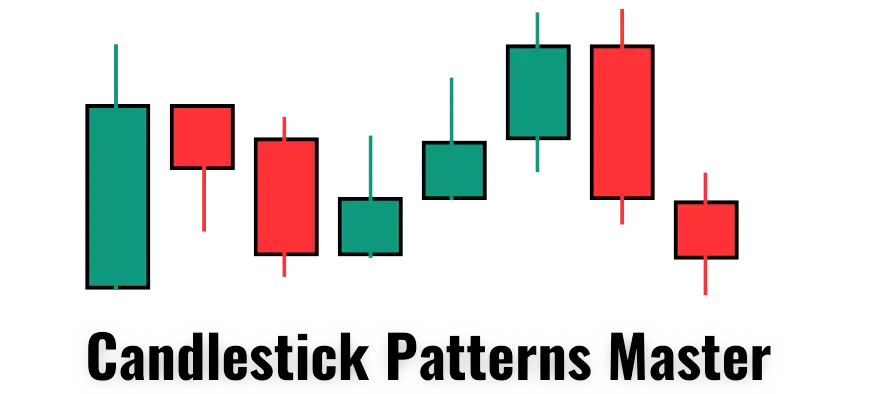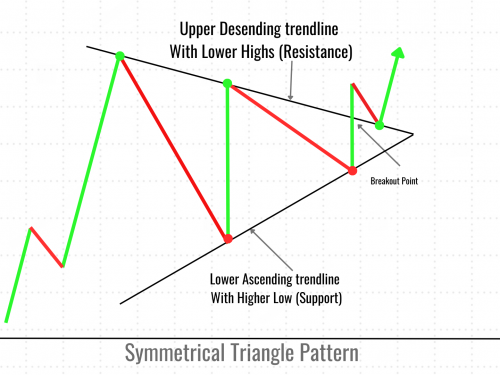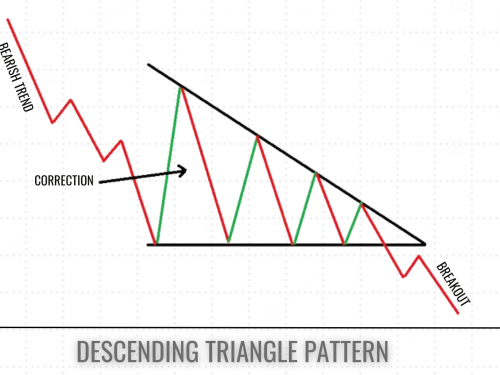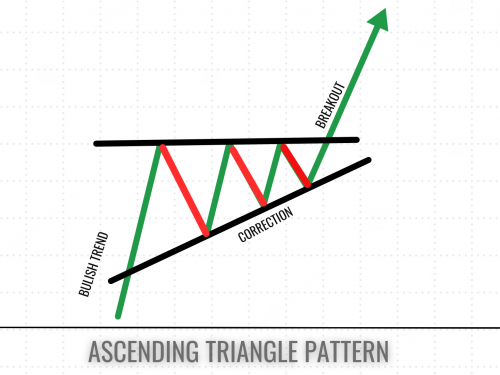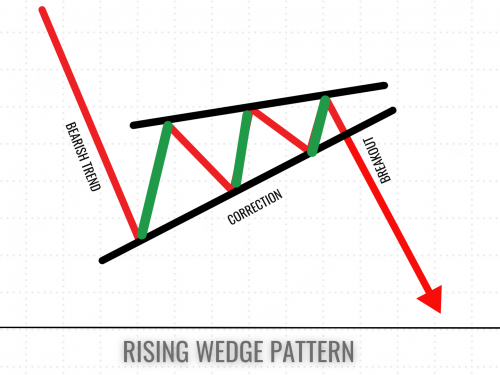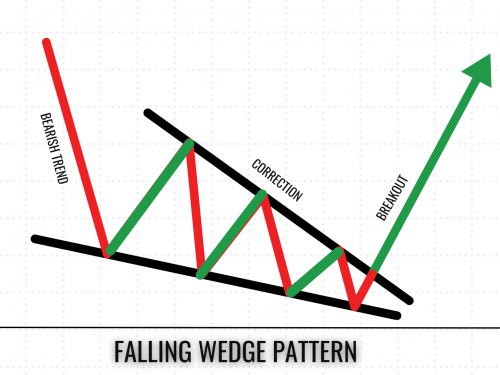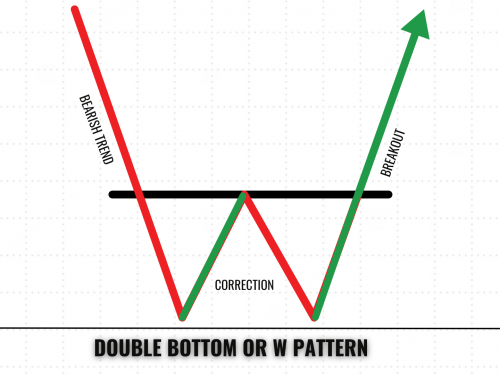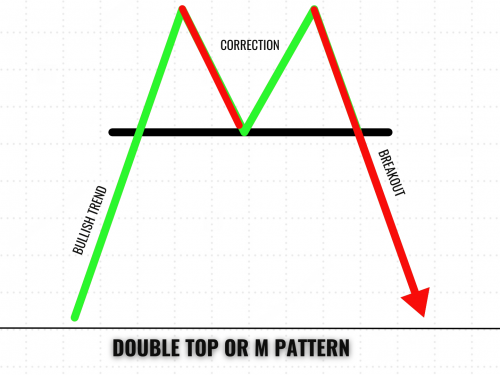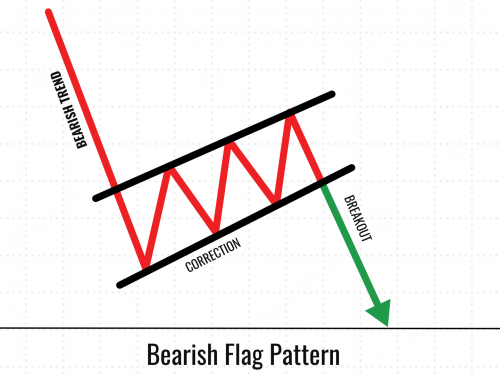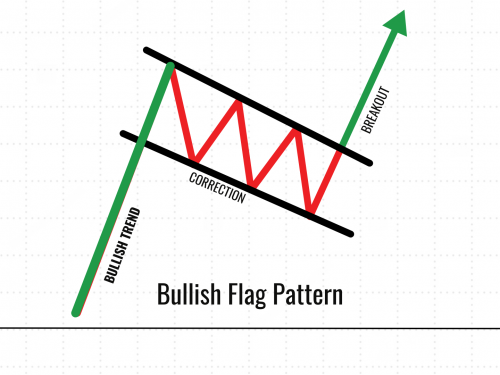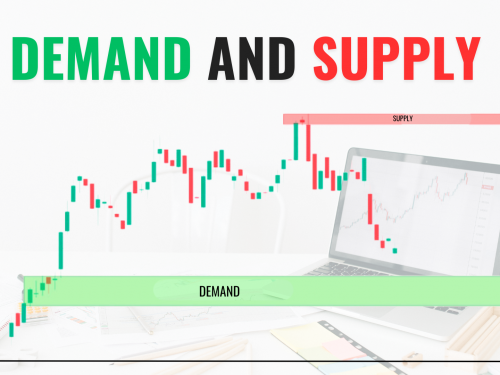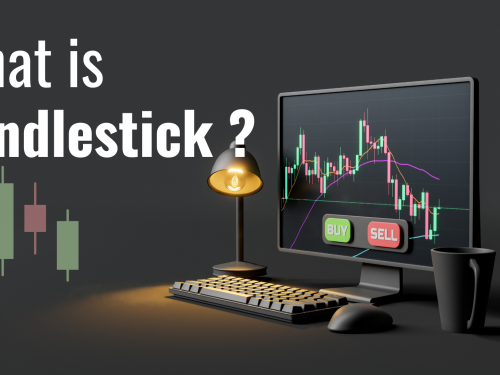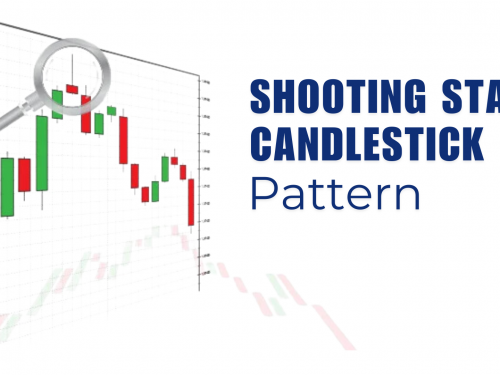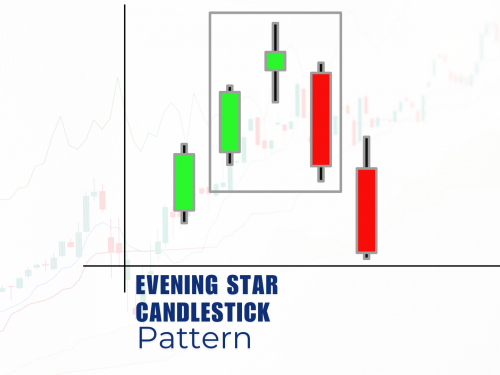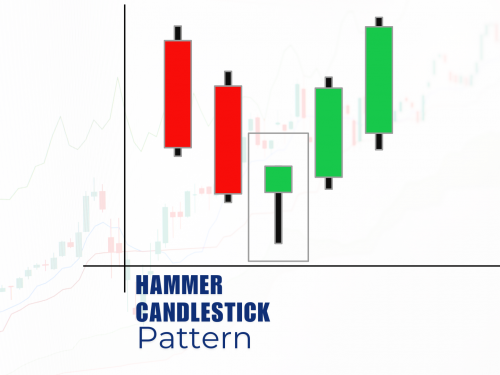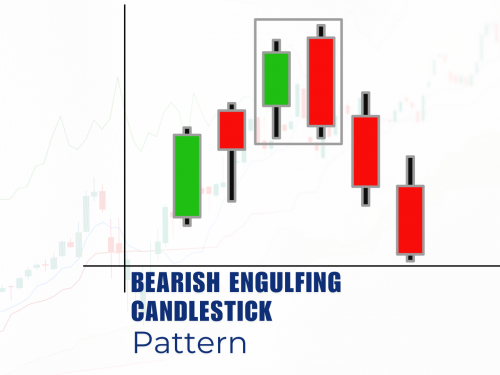A symmetrical triangle is like a shape on your chart where the price seems to be getting squeezed between two converging trendlines. Here's what it looks like
A descending triangle is like a shape that forms on price charts. Imagine drawing a flat line along the bottom where prices keep bouncing off from the support level, and a sloping line on top (resistance level) where prices keep getting lower. That's your descending triangle pattern.
An ascending triangle pattern is like a road sign for traders. It's a chart formation that shows up when the price of an asset is making higher lows, but hitting a consistent resistance level at the top. Picture it like this: the bottom line of the triangle slopes upward, while the top line stays flat. It's as if the price is trying to break through a resistance level.
A rising wedge pattern is a chart formation that traders often spot in financial markets. It's like a triangle that's tilting upwards, with two converging trendlines. The upper line represents resistance, while the lower line shows support. As time goes on, these lines get closer together, creating a wedge shape.
What is a Falling Wedge Pattern and How to Work with It?
The double bottom or W pattern is a bullish reversal chart pattern, which looks somewhat like the English letter W. The double bottom pattern is most commonly used in intraday trading and swing trading. The accuracy of the W pattern is almost 70-75%.
Double top or M pattern, which is a bearish reversal pattern. That looks like the English letter M. The double-top pattern is most commonly used in intraday trading. The accuracy of the M pattern is almost 70-75% for intraday trading. Where the stock or index is unable to move up once the M pattern is formed. Due to this decline is seen.
A bearish flag pattern is a chart pattern formed during a counter-trend down after a sharp fall in price movement. A bearish flag pattern forms during a downtrend. It got its name because it resembles a flag on a flagpole while the price continues to move in a downtrend, attaining lower lows and lower highs.
A bullish flag pattern is a pattern formed during a counter-trend move after a sharp price movement. Bullish flag patterns form during an uptrend. Imagine a flagpole (that's the initial price surge) followed by a rectangular shape (that's the flag part). This pattern usually means good things are coming for the price of whatever you're trading.
A resistance or supply zone is like an invisible ceiling in the stock market. It's a price level where a stock or index struggles to move higher due to which stock is unable to move upside from the level or when it reaches the resistance or supply zone, an investor selling their stock in the top-level called resistance or supply zone.
A support zone or demand zone is an area on a price chart where buying interest is strong enough to push prices higher. Supports are formed when a stock breaks above resistance and holds above that level: the old resistance then becomes support. Support levels are also formed when a stock spends a lot of time at one level and then breaks upward.
